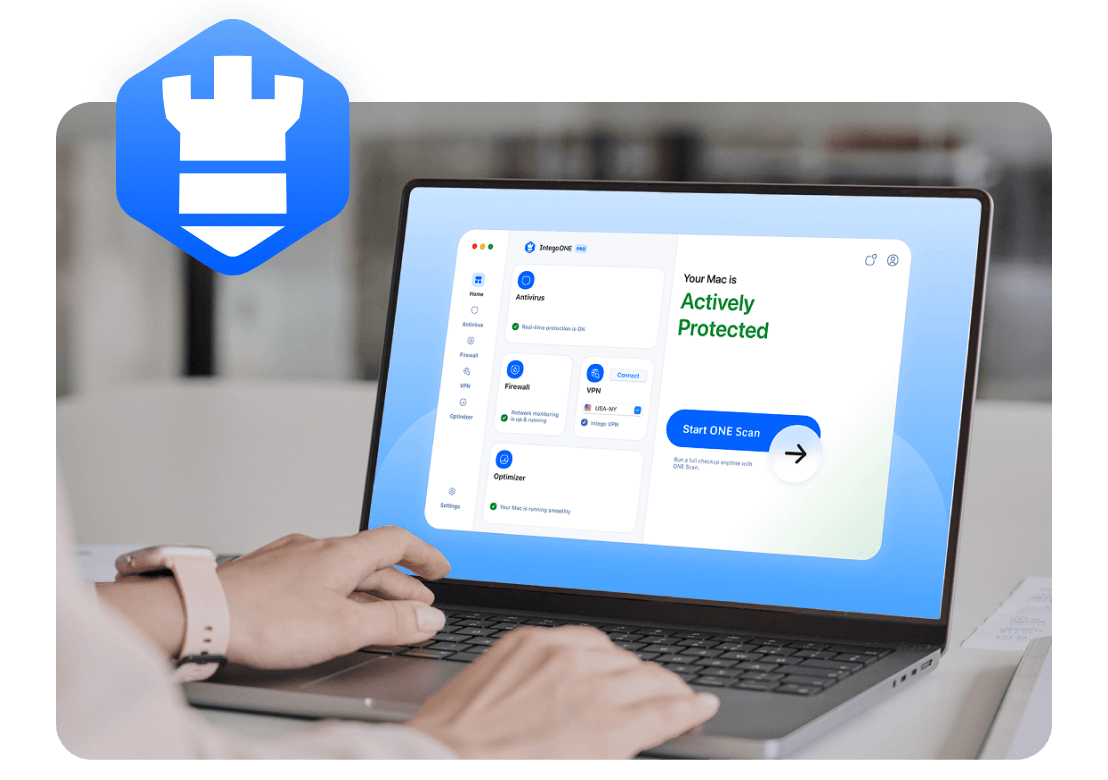With limited budgets, outdated defenses, and fewer IT staff, small businesses are prime targets for ransomware and phishing attacks. Cybercriminals know these organizations are less likely to have advanced protections, making them easier to breach—and often more likely to pay a ransom just to keep operations running.
Patient records, medical devices, and hospital systems are incredibly valuable to hackers. Cyberattacks on healthcare can expose sensitive personal information and even delay critical treatments, putting lives at risk. Regulatory fines and reputational damage add to the heavy toll.
Banks, fintech firms, and insurance companies face relentless cyberattacks because of their direct access to money and financial data. From credential theft and fraud to large-scale ransomware campaigns, financial institutions are constantly under siege. A single breach can result in huge monetary losses and shaken consumer trust.
Large corporations are frequent targets because of their size, brand visibility, and data-rich environments. Cybercriminals see opportunities to steal intellectual property, exfiltrate customer data, or extort multimillion-dollar ransoms. With global supply chains, one breach can ripple across multiple industries.
Everyday users, especially remote and hybrid workers, face increased risk. Personal devices, unsecured home Wi-Fi, and reliance on cloud apps make them easy entry points for attackers. Phishing emails, fake websites, and social engineering tactics remain the most common ways individuals are compromised.













